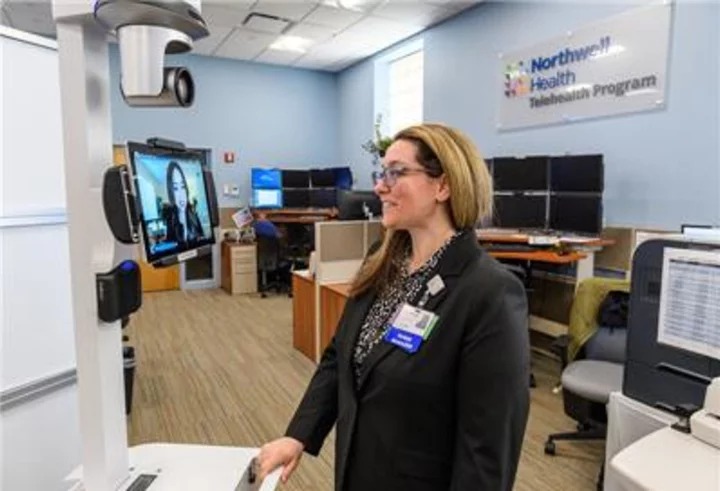Scientists have developed eye scans that use artificial intelligence to detect markers of Parkinson’s disease seven years before symptoms appear, making it the first time the condition can be detected several years before diagnosis.
Parkinson disease’s is a deteriorating neurological condition characterised by a reduction of dopamine.
The research, published on Tuesday in the journal Neurology, used two large sets of health data – the AlzEye dataset and the UK Biobank database – to identify these subtle markers, even though Parkinson’s disease has a relatively low prevalence among this population.
The AlzEye dataset was formed from the world’s largest database of retinal images and associated clinical data.
Post-mortem examination of Parkinson’s patients has found differences in the retina’s inner nuclear layer (INL).
Previous studies have shown eye-scan data can reveal signs of other deterioration of neurological conditions like Alzheimer’s, multiple sclerosis and schizophrenia. The studies are part of an emerging field of research called “oculomics”.
Eye scan data has also been shown to reveal people’s propensity to high blood pressure, heart disease, stroke and diabetes.
Doctors have historically conducted physical eye tests, believing the organ can act as a “window” to the rest of the body, and provide direct insight into many aspects of human health.
With high-resolution images of the retina now a routine part of eye care, scientists said the data from these scans can be put to better analysis to gain better insights on patient health.
In particular, a type of 3D scan known as optical coherence tomography (OCT) is widely used in eye clinics and by high-street opticians.
These scans can produce a cross-section of the retina – the screen of nerves at the back of the eye – in incredible detail down to a thousandth of a millimetre.
Images of the retina can be extremely useful for monitoring eye health.
But researchers said their value can become much more as a retinal scan is the only non-intrusive way to view layers of cells below the skin’s surface.
They found in the new study that a reduced thickness of these cell layers was associated with an increased risk of developing Parkinson’s disease.
Scientists have also started using powerful computers and AI technology to accurately analyse large numbers of OCTs and other eye images, in a fraction of the time it would take a human.
“While we are not yet ready to predict whether an individual will develop Parkinson’s, we hope that this method could soon become a pre-screening tool for people at risk of disease,” study co-author Siegfried Wagner from the University College London said.
“Finding signs of a number of diseases before symptoms emerge means that, in the future, people could have the time to make lifestyle changes to prevent some conditions arising, and clinicians could delay the onset and impact of life-changing neurodegenerative disorders,” Dr Wagner said.
Researchers said the OCT method used in the study is also non-invasive of lower cost, more scalable and quicker than brain scans for this purpose.
Read MoreStudy could lead to injections that replicate brain benefits of exercise
Dementia breakthrough as drug treatment comes one step closer
Parkinson’s therapy could be used to tackle alcohol abuse
Justin Trudeau slams Facebook for blocking news stories about wildfires
Microsoft makes big changes to takeover of Activision Blizzard
Meta could finally launch Threads feature everyone is waiting for









